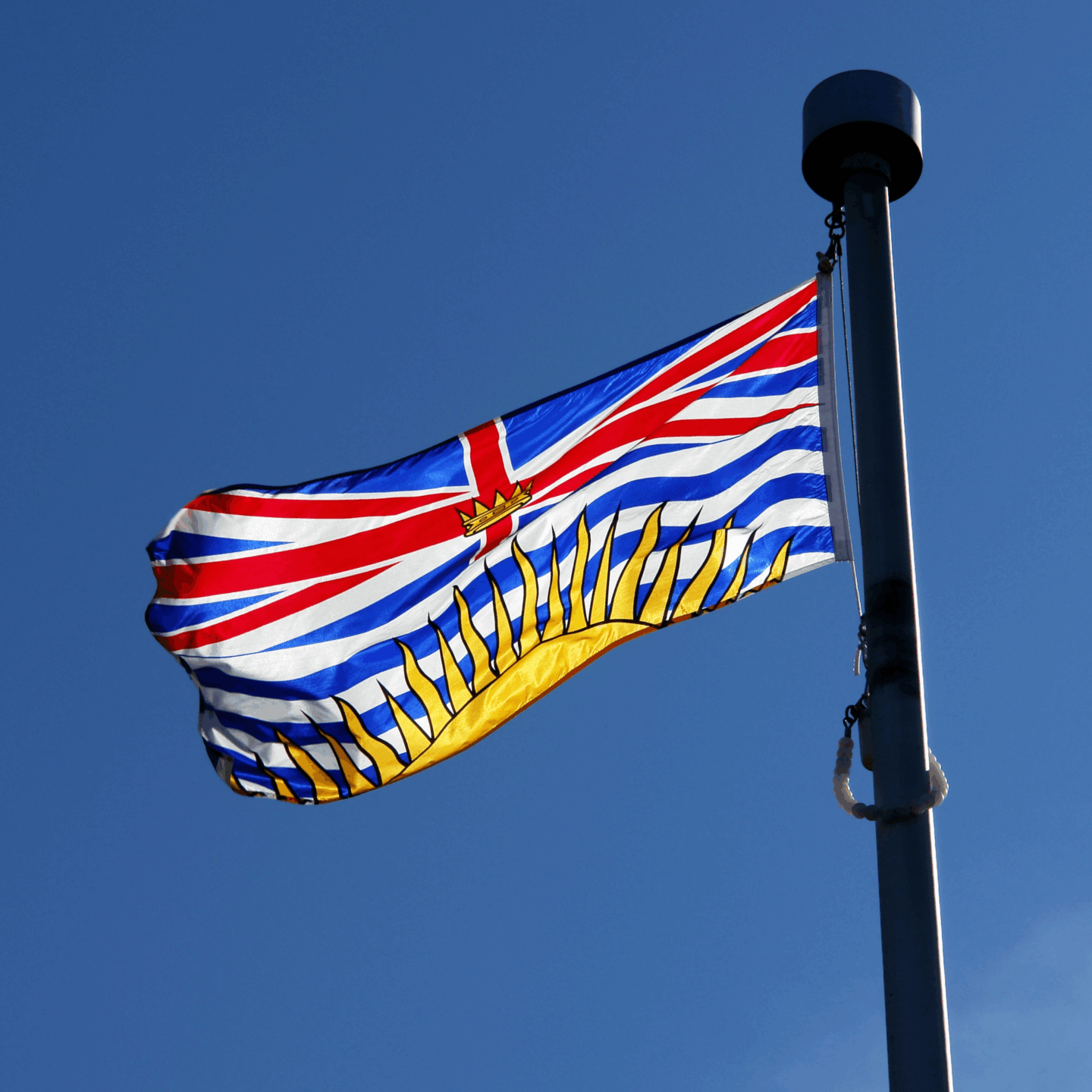
First, the BC government released its CCS protocol to enable the development of CCS offset credits for use in the province’s industrial carbon pricing system. The BC CCS protocol includes the ability to generate CO2 removals based on overall change in emissions, allowing projects to sequester CO2 in chemical transformation utilizations, and not restricting removals to mafic or ultramafic geological storage. However, the BC protocol does not include features of other CCS protocols, like Alberta’s, on limiting credit reversal liability, the release of credit true-up liability post-crediting, and ‘stacking’ with low-carbon fuel standards credits.
The BC protocol also references and directly uses calculations from the California Air Resources Board’s Low Carbon Fuel Standard CCS protocol. BC references the emission sources and sinks from the CARB protocol and a RiskRating calculation to determine a minimum contribution to a contingency account. The contingency account contributions, like buffer pool contributions, discounts and holdbacks in other protocols, ensure the number of credits distributed is conservatively below the total of emissions reduced or removed. From a project developer standpoint though, BC’s contingency account contribution is not competitive with other Canadian CCS protocols as 7.97% to 16.44% of credits are placed in the contingency account annually while Alberta’s CCS protocol and Canada’s Clean Fuel Regulation protocol only discount 0.5% to 1.5% of credits. Under current legislation, there is no process for projects to recoup credits placed in the contingency account.
Second, Ontario released Regulatory Proposals under the proposed Geologic Carbon Storage Act (the Act) for comment. The Act was introduced in provincial parliament this past spring but did not reach royal assent. The regulatory proposals will be looked at again during the Ontario provincial parliament’s fall sitting. The regulations for the Act include critical rules for commercial-scale carbon sequestration projects in Ontario. Finalizing these rules is an important step for the expansion of eligibility of key CCUS incentives like the CCUS Investment Tax Credit and some Canada Fuel Regulation credits.
The regulatory proposals indicate the province’s positions on key carbon storage decisions including the permitting process, project requirements (like financial assurance and third-party technical reviews), notification and consultation requirements, monitoring, measurement and verification plan components, site closure procedures and the pathway to obtain pore space rights.
A major difference in Ontario’s carbon storage framework compared to existing ones in western Canada is its treatment of pore space rights. The province has indicated that the surface rights holder will own pore space rights, rather than mineral rights holders or designating pore space rights as separate from either and vested in the Crown. The Act, however, leaves room for regulations that would vest pore space in the crown for specific lands regardless of surface ownership. The proposed regulations do not designate any areas for vested pore space but suggests that the ministry will only be able to do so for projects that would sequester more than 25 Mt over the project’s lifespan.
Ontario has relatively high population density in rural areas and relatively few suitable and allowable areas for carbon storage; the consultation document states that the most viable storage locations are likely under Lake Eire and Lake Huron. Obtaining and unitizing pore space in this framework may be a barrier to carbon storage projects in Ontario and there may be competition for publicly controlled pore space.
Ontario’s approach to closure and transferring long-term ownership and stewardship of storage sites back to the province does a strong job of rewarding compliance and risk mitigation by project proponents.
Overall, Ontario is moving towards enabling commercial-scale CCUS within the province. However, there are a number of key steps to enabling economic CCUS projects in the province including: passing of the Act, finalization of the regulations, and developing/updating regulations for CO2 pipelines, consideration of CO2 mineralization projects in the province and creating a carbon credit pathway for CCUS projects.